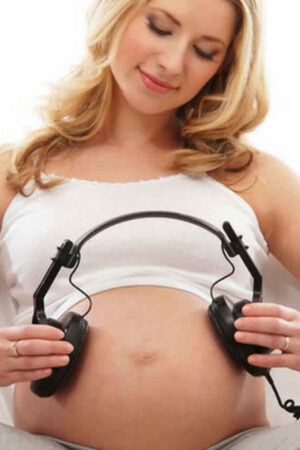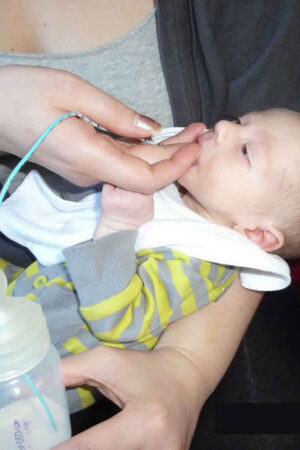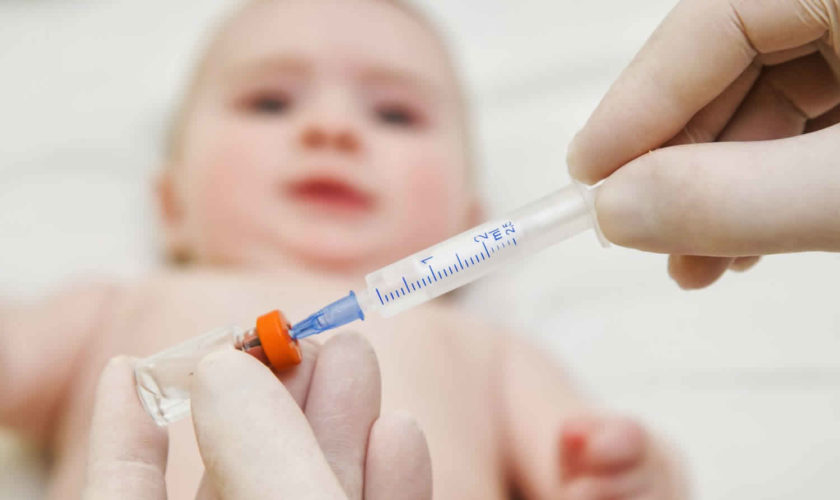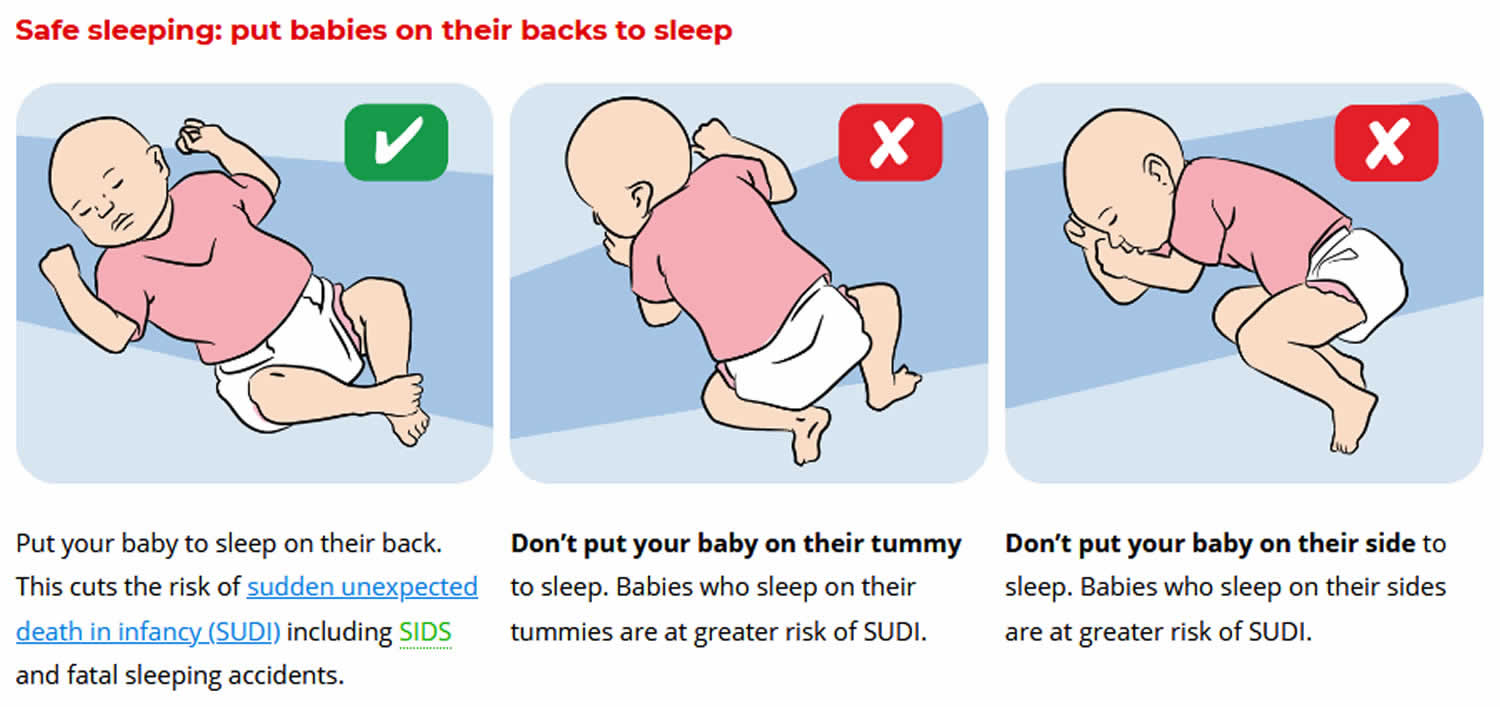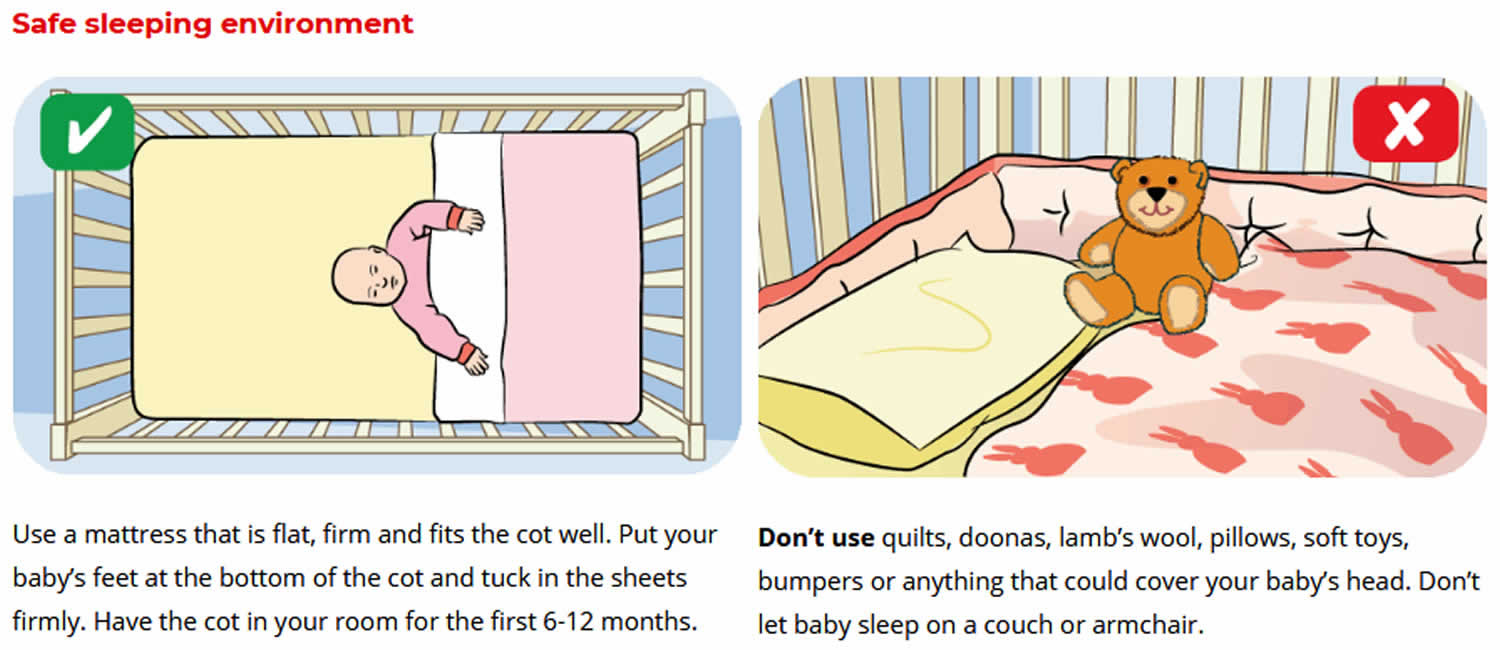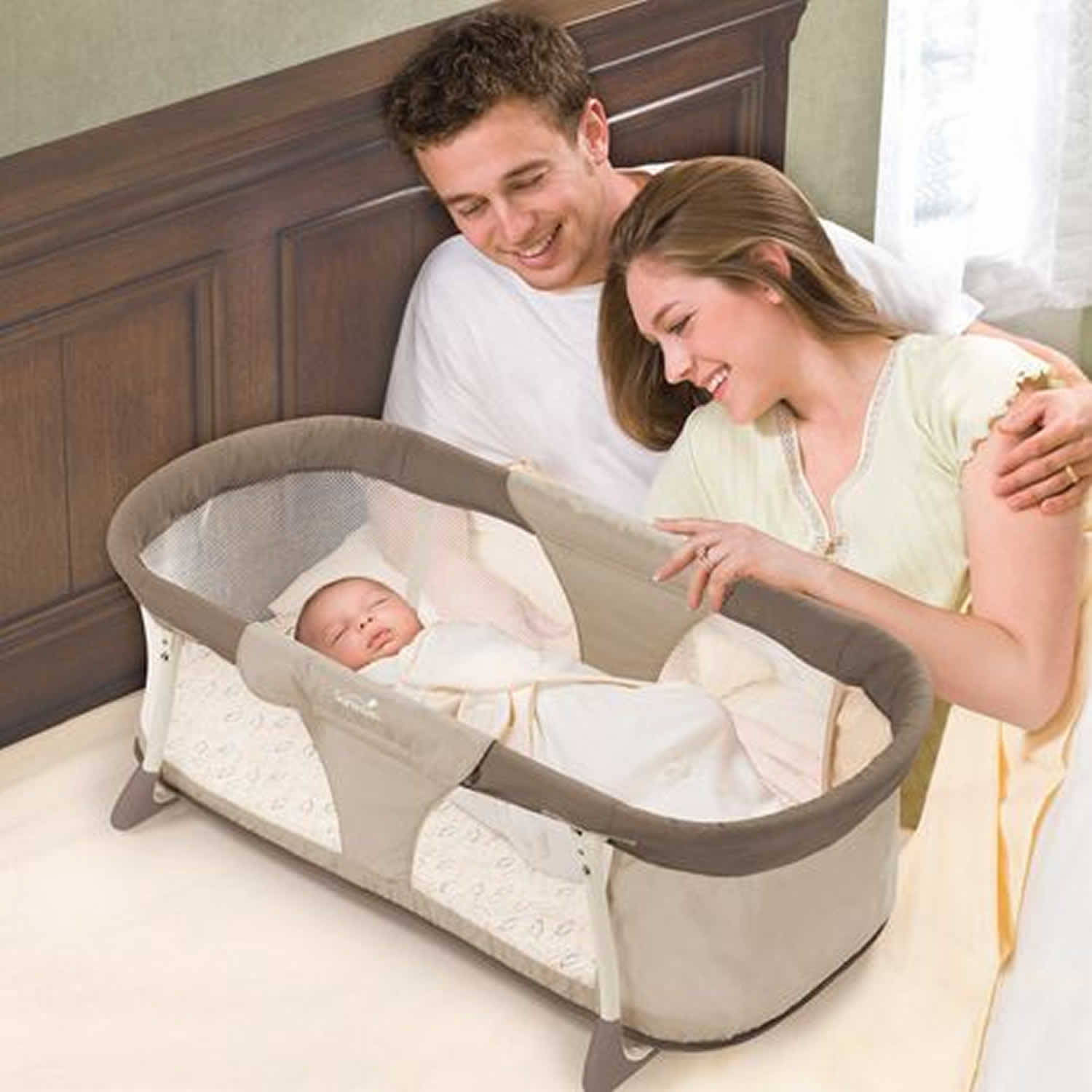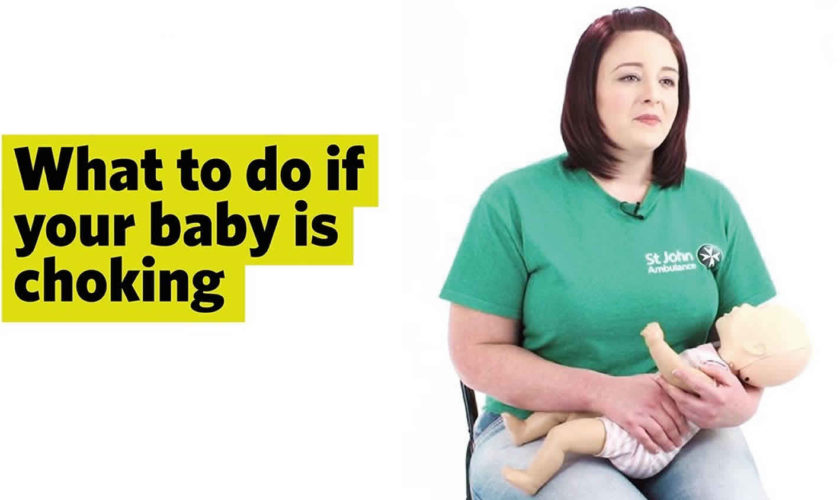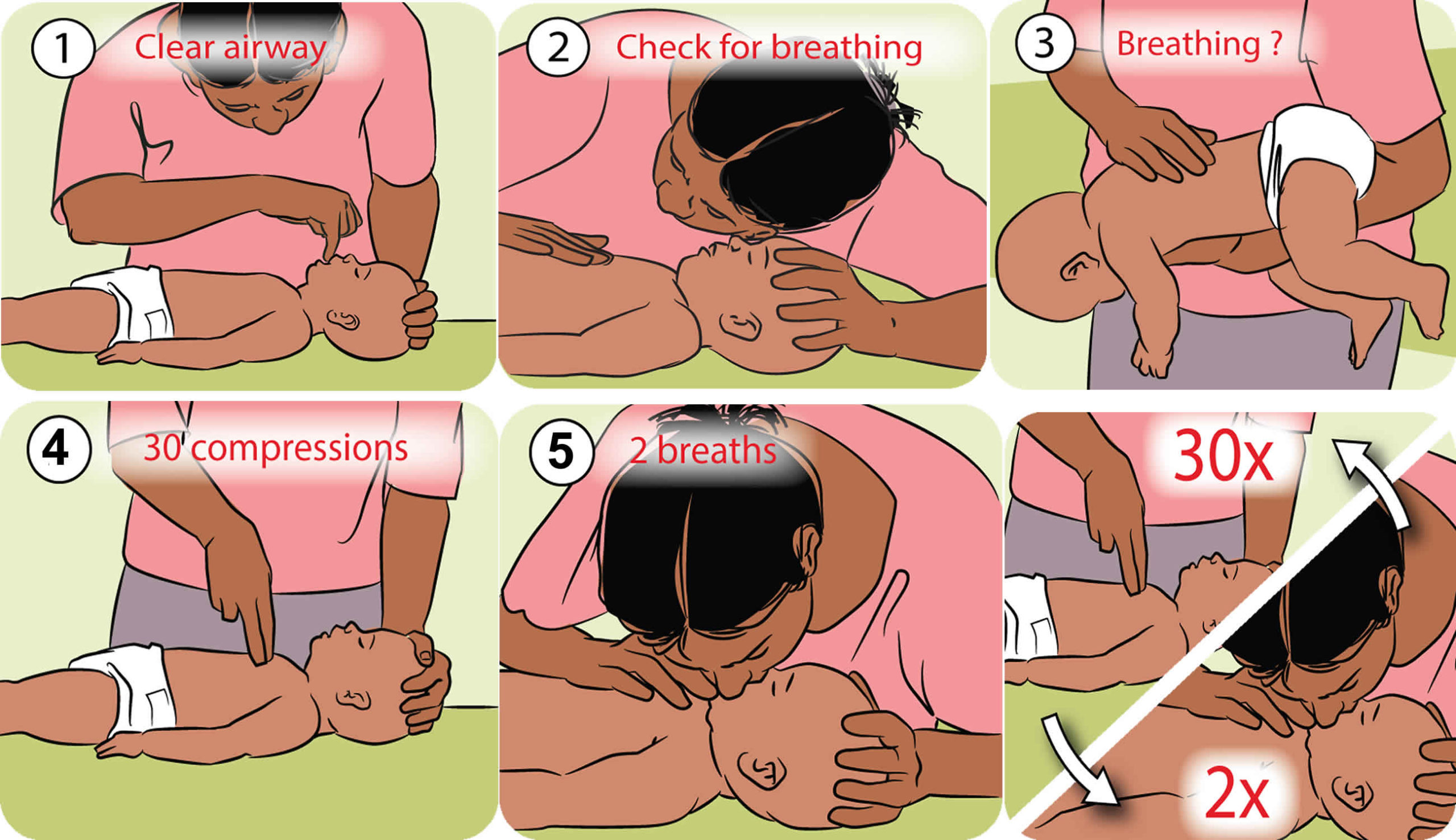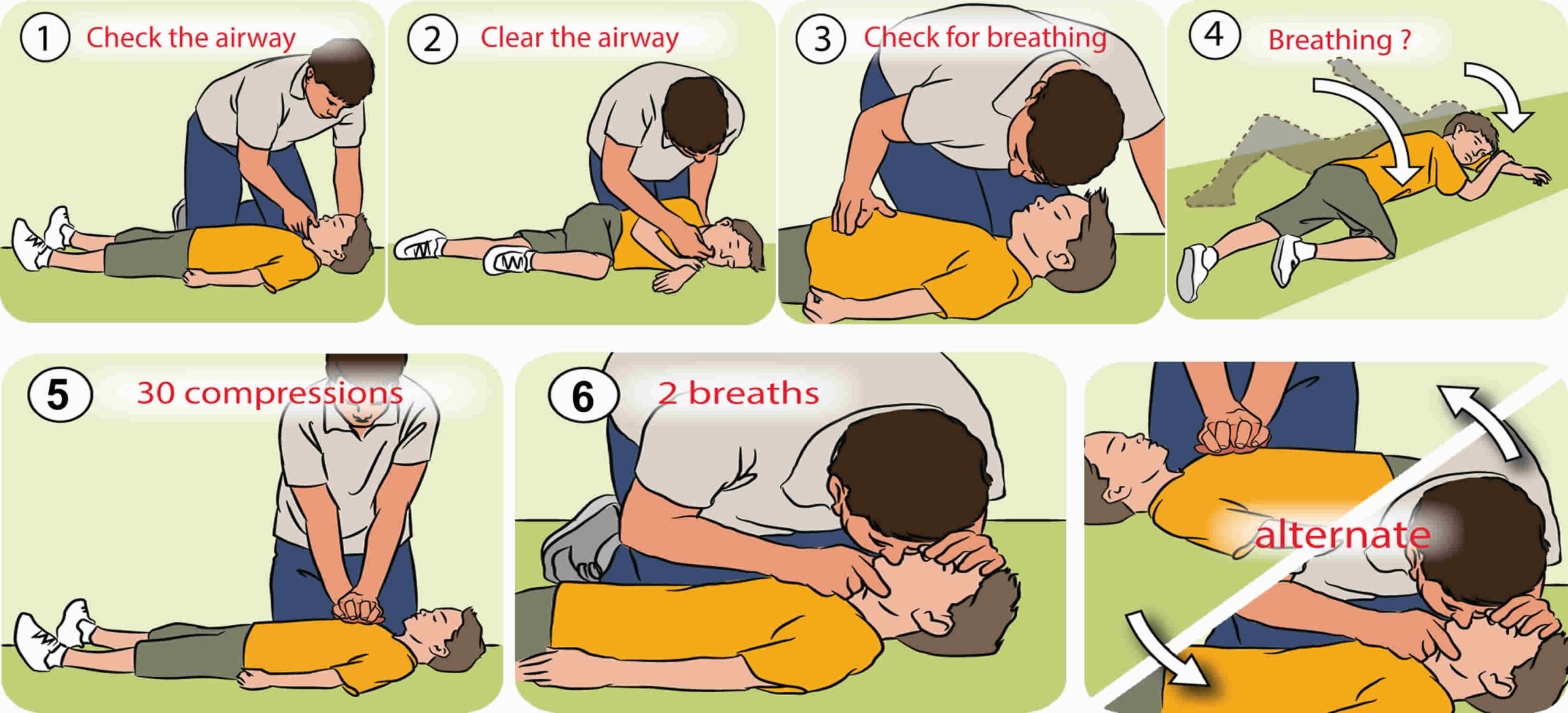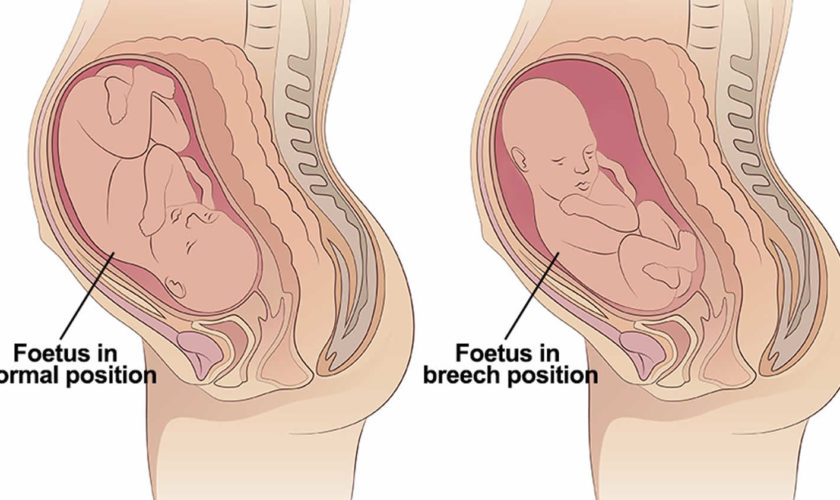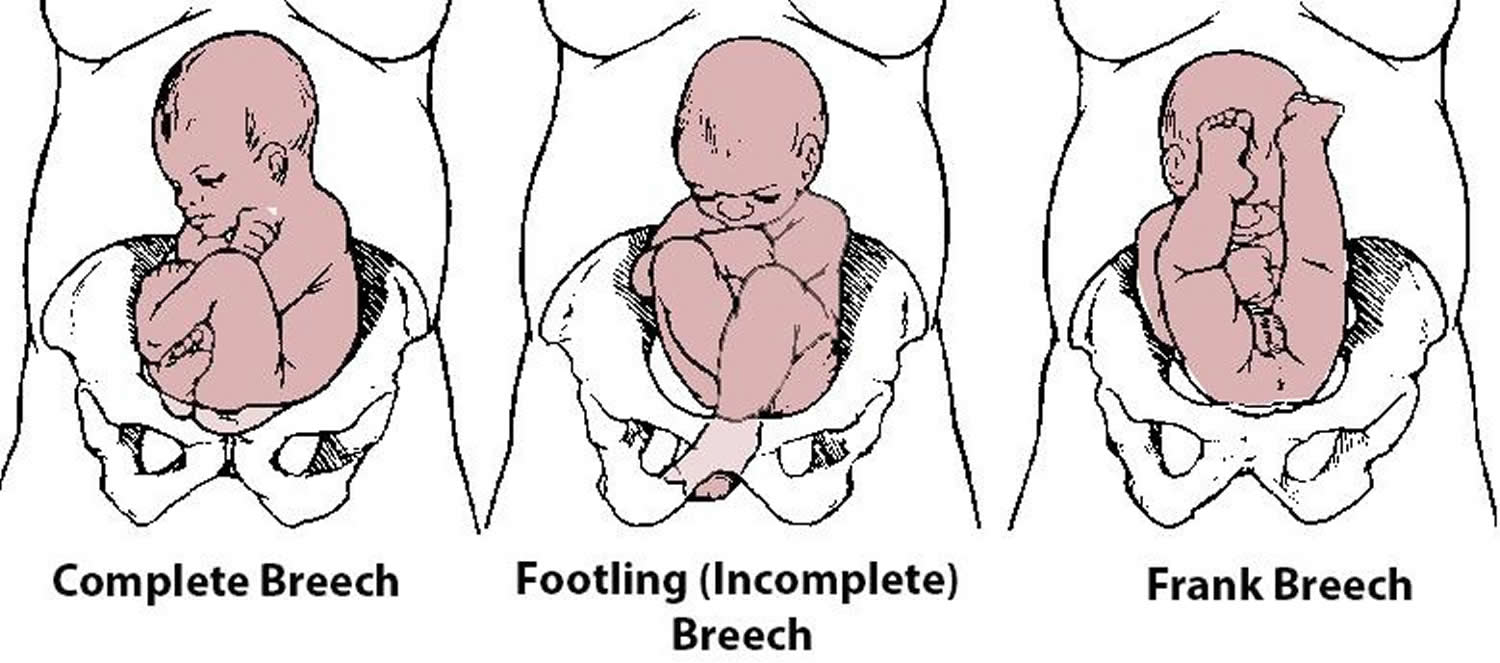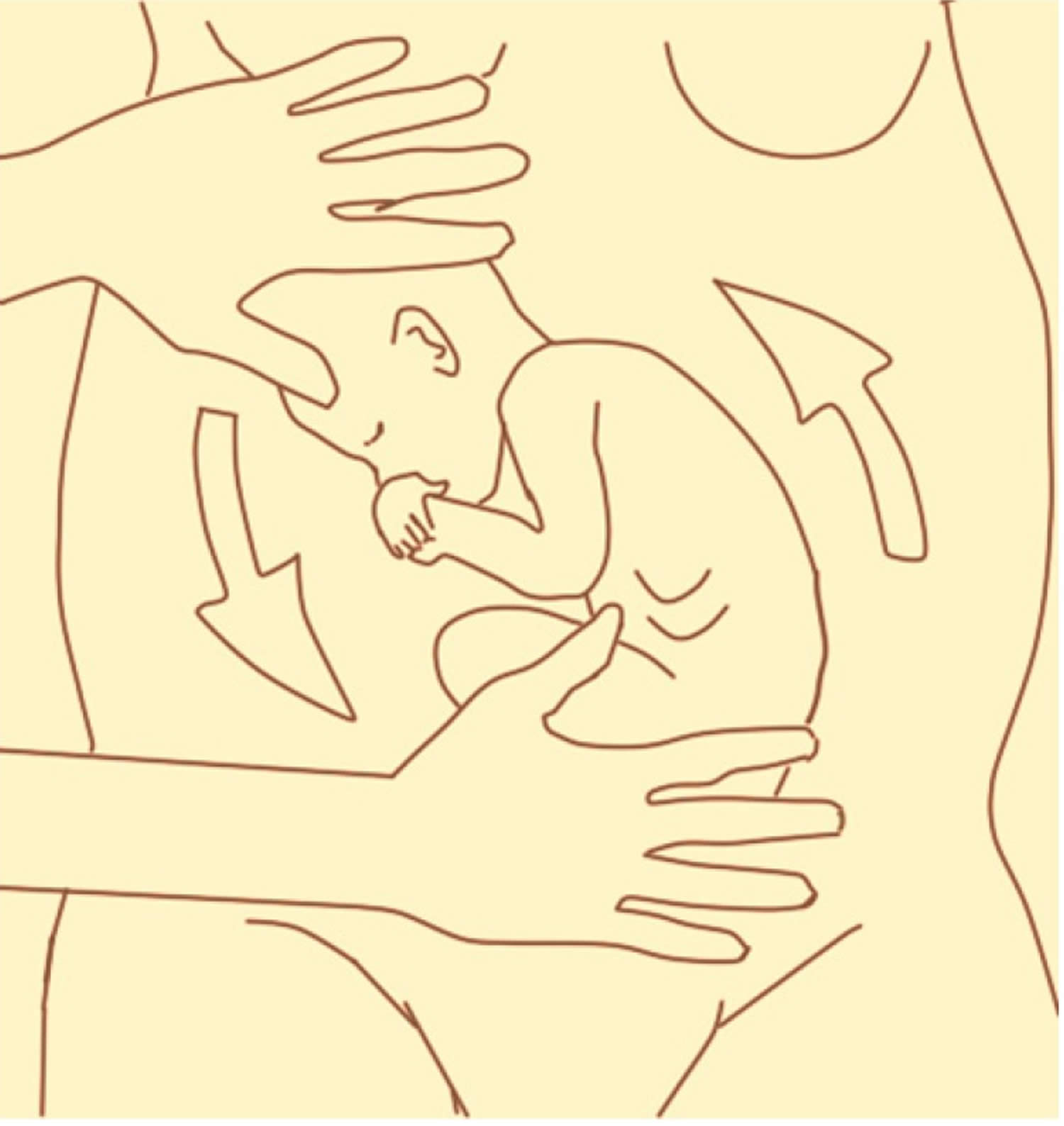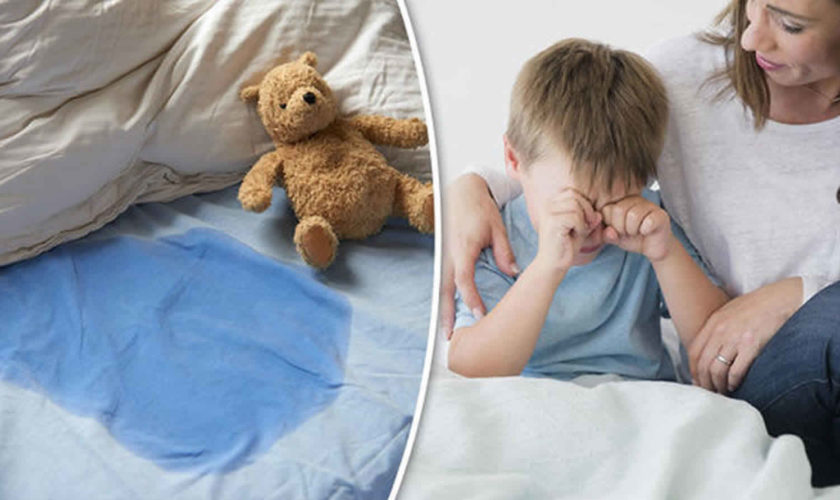Childhood stress
Stress is a function of the demands placed on you and your ability to meet them. These demands often come from outside sources, such as family, jobs, friends, or school. But it also can come from within, often related to what you think we should be doing versus what you’re actually able to do. So stress can affect anyone who feels overwhelmed — even kids. In preschoolers, separation from parents can cause separation anxiety. As kids get older, academic and social pressures (especially from trying to fit in) create stress.
Worry and fear are different forms of anxiety. Fear usually happens in the present. Worry usually happens when a child thinks about past or future situations. For example, a child might be fearful when she sees a dog and also worry about visiting a friend with a pet dog.
After a traumatic event, you or your child might need support, and children suffering post-traumatic stress disorder (PTSD) usually need professional help.
Childhood stress can be present in any setting that requires the child to adapt or change. Stress may be caused by positive changes, such as starting a new activity, but it is most commonly linked with negative changes such as illness or death in the family.
You can help your child by learning to recognize the signs of stress and teaching your child healthy ways to deal with it.
It’s important to distinguish among three kinds of responses to stress: positive, tolerable, and toxic 1). These three terms refer to the stress response systems’ effects on the body, not to the stressful event or experience itself:
- Positive stress response is a normal and essential part of healthy development, characterized by brief increases in heart rate and mild elevations in hormone levels. Some situations that might trigger a positive stress response are the first day with a new caregiver or receiving an injected immunization.
- Tolerable stress response activates the body’s alert systems to a greater degree as a result of more severe, longer-lasting difficulties, such as the loss of a loved one, a natural disaster, or a frightening injury. If the activation is time-limited and buffered by relationships with adults who help the child adapt, the brain and other organs recover from what might otherwise be damaging effects.
- Toxic stress response is the most dangerous form of stress response, can occur when a child experiences strong, frequent, and/or prolonged adversity (activation of the body’s stress response systems)—such as physical or emotional abuse, chronic neglect, caregiver substance abuse or mental illness, exposure to violence, and/or the accumulated burdens of family economic hardship—without adequate adult support. This kind of prolonged activation of the stress response systems can disrupt the development of brain architecture and other organ systems, and increase the risk for stress-related disease and cognitive impairment, well into the adult years. The risk factors studied in the Adverse Childhood Experiences Study 2) include examples of multiple stressors (eg, child abuse or neglect, parental substance abuse, and maternal depression) that are capable of inducing a toxic stress response. The essential characteristic of this phenomenon is the postulated disruption of brain circuitry and other organ and metabolic systems during sensitive developmental periods. Such disruption may result in anatomic changes and/or physiologic dysregulations that are the precursors of later impairments in learning and behavior as well as the roots of chronic, stress-related physical and mental illness.
When toxic stress response occurs continually, or is triggered by multiple sources, it can have a cumulative toll on an individual’s physical and mental health—for a lifetime. The more adverse experiences in childhood, the greater the likelihood of developmental delays and later health problems, including heart disease, diabetes, substance abuse, and depression. Research also indicates that supportive, responsive relationships with caring adults as early in life as possible can prevent or reverse the damaging effects of toxic stress response.
Talk to your child’s doctor if your child:
- Is becoming withdrawn, more unhappy, or depressed
- Is having problems in school or interacting with friends or family
- Is unable to control their behavior or anger
You know your child best. If you’re worried about your child’s behavior or anxieties, consider seeking professional help.
Causes of stress in childhood
Stress may be a response to a negative change in a child’s life. In small amounts, stress can be good. But, excessive stress can affect the way a child thinks, acts, and feels.
Children learn how to respond to stress as they grow and develop. Many stressful events that an adult can manage will cause stress in a child. As a result, even small changes can impact a child’s feelings of safety and security.
Pain, injury, illness, and other changes are stressors for children. Stressors may include:
- Worrying about schoolwork or grades
- Juggling responsibilities, such as school and work or sports
- Problems with friends, bullying, or peer group pressures
- Changing schools, moving, or dealing with housing problems or homelessness
- Having negative thoughts about themselves
- Going through body changes, in both boys and girls
- Seeing parents go through a divorce or separation
- Money problems in the family
- Living in an unsafe home or neighborhood
Post traumatic stress in children
Post-traumatic stress is a reaction to a severe traumatic event in which a child was hurt or felt extremely scared or threatened. Events that might trigger these reactions include:
- natural disasters
- personal attacks
- car accidents
- sexual, physical and emotional abuse.
Children who have been affected by a traumatic event usually show some anxiety for a few weeks afterwards. The anxiety then gradually disappears.
Post-traumatic stress disorder (PTSD)
In some cases, children suffer anxiety for many months and years after a traumatic event. This can interfere with their daily lives. This might be post-traumatic stress disorder (PTSD). Children suffering from post-traumatic stress disorder usually need professional help.
Children with PTSD might keep remembering the traumatic event or have bad dreams about it, perhaps even including the trauma in their play. They might suddenly act or feel as if the event is happening again and get very upset. They often try hard to avoid situations that remind them of the trauma and might become emotionally distant. They might be jumpy or irritable and have sleep difficulties.
Specific phobias in children
Specific phobias are fears of particular things or situations. These fears are quite common in children. Some common childhood phobias include the dark, storms, dogs, spiders, costumed characters like clowns, heights, blood and injections.
Say a child is scared of the dark or of dogs, and he happens to be in a darkened room or facing a barking dog. The child might become very anxious and distressed. As with other anxieties, children with specific phobias will try to avoid the situation they’re afraid of. Or they might be extremely distressed if they have to go through it.
Although these anxieties are common, it’s a good idea to seek some professional help if your child’s fear:
- is really interfering with your child’s daily life
- is something you feel your child should have grown out of
- goes on for longer than six months.
Panic attacks in children
Panic attacks are a sudden rush of fear accompanied by physical feelings like a racing heart, breathlessness, tightness in the throat or chest, sweating, light-headedness and/or tingling. During a panic attack, children might believe that they’re dying or that something terrible is happening to them.
These kinds of episodes are quite rare in young children and become more common in teenagers.
Panic disorder
The fear of or anxiety about having panic attacks is known as panic disorder. For children with panic disorder, the fear is of the panic attack itself rather than of the situation. This means that children are afraid of their panic symptoms, rather than of the things that cause anxiety, like people laughing at them, dogs biting them or getting lost.
Panic disorder is very uncommon in young children and younger teenagers. It happens more often in older teenagers and young adults.
If children start avoiding situations because of their panic attacks, this is called panic disorder with agoraphobia. If this happens, it’s worthwhile seeking professional help.
Anxiety and fears in children
Anxiety in children is normal. It’s normal for children to show signs of anxiety, worries and fears sometimes. Childhood anxieties and fears include separation anxiety, fear of the dark and worries about school. In most cases, anxiety in children and fears in childhood come and go and don’t last long.
In fact, different anxieties often develop at different stages. For example:
- Babies and toddlers often fear loud noises, heights, strangers and separation.
- Preschoolers might start to show fear of being on their own and of the dark.
- School-age children might be afraid of supernatural things (like ghosts), social situations, failure, criticism or tests, and physical harm or threat.
Babies and young children don’t tend to worry about things. For children to be worried, they have to imagine the future and bad things that might happen in it. This is why worries become more common in children over eight years of age.
Children also worry about different things as they get older. In early childhood, they might worry about getting sick or hurt. In older childhood and adolescence, the focus becomes less concrete. For example, they might think a lot about war, economic and political fears, family relationships and so on.
If your child shows signs of normal childhood anxiety, you can support him in several ways:
- Acknowledge your child’s fear – don’t dismiss or ignore it.
- Gently encourage your child to do things she’s anxious about, but don’t push her to face situations she doesn’t want to face.
- Wait until your child actually gets anxious before you step in to help.
- Praise your child for doing something he’s anxious about, rather than criticising him for being afraid.
- Avoid labeling your child as ‘shy’ or ‘anxious’.
Types of anxiety in children
Children experience several types of anxiety. A child might have only one type of anxiety, or she might show features of several of them.
Social anxiety in children
Social anxiety is fear and worry in situations where children have to interact with other people, or be the focus of attention. Children with social anxiety might:
- believe that others will think badly of or laugh at them
- be shy or withdrawn
- have difficulty meeting other children or joining in groups
- have only a few friends
- avoid social situations where they might be the focus of attention or stand out from others – for example, talking on the telephone and asking or answering questions in class.
Separation anxiety in children
Separation anxiety is the fear and worry children experience when they can’t be with their parents or carers. Children with separation anxiety might:
- protest, cry or struggle when being separated from their parents or carers
- worry about getting hurt or having an accident (they might worry about their parents or themselves)
- refuse to go to or stay at day care, preschool or school by themselves
- refuse to sleep at other people’s homes without their parents or carers
- feel sick when separated from their parents or carers.
Generalized anxiety in children
Children with generalized anxiety tend to worry about many areas of life – anything from friends at playgroup to world events. Children with generalized anxiety might:
- worry about things like health, schoolwork, school or sporting achievements, money, safety, world events and so on
- feel the need to get everything perfect
- feel scared of asking or answering questions in class
- find it hard to perform in tests
- be afraid of new or unfamiliar situations
- seek constant reassurance
- feel sick when worried.
When to be concerned about anxiety in children
Most children have fears or worries of some kind. But if you’re concerned about your child’s fears, worries or anxiety, it’s a good idea to seek professional help.
You might consider seeing your doctor if:
- your child’s anxiety is stopping him from doing things he wants to do or interfering with his friendships, schoolwork or family life
- your child’s behavior is very different from children the same age – for example, it’s common for most children to have separation fears when going to preschool for the first time, but far less common over the age of eight years
- your child’s reactions seem unusually severe – for example, your child might show extreme distress or be very hard to settle when you leave him.
Severe anxiety can impact on children’s health and happiness. Some anxious children will grow out of their fears, but others will keep having trouble with anxiety unless they get professional help.
Childhood stress effects
Children may not recognize that they are stressed. New or worsening symptoms may lead parents to suspect an increased stress level is present.
Physical symptoms can include:
- Decreased appetite, other changes in eating habits
- Headache
- New or recurrent bedwetting
- Nightmares
- Sleep disturbances
- Upset stomach or vague stomach pain
- Other physical symptoms with no physical illness
Emotional or behavioral symptoms may include:
- Anxiety, worry
- Not able to relax
- New or recurring fears (fear of the dark, fear of being alone, fear of strangers)
- Clinging, unwilling to let you out of sight
- Anger, crying, whining
- Not able to control emotions
- Aggressive or stubborn behavior
- Going back to behaviors present at a younger age
- Doesn’t want to participate in family or school activities
How can parents help with childhood stress
Parents can help children respond to stress in healthy ways. Following are some tips:
- Provide a safe, secure, and dependable home.
- Family routines can be comforting. Having a family dinner or movie night can help relieve or prevent stress.
- Be a role model. The child looks to you as a model for healthy behavior. Do your best to keep your own stress under control and manage it in healthy ways.
- Be careful about which television programs, books, and games that young children watch, read, and play. News broadcasts and violent shows or games can produce fears and anxiety.
- Keep your child informed of anticipated changes such as in jobs or moving.
- Spend calm, relaxed time with your children.
- Learn to listen. Listen to your child without being critical or trying to solve the problem right away. Instead work with your child to help them understand and solve what is upsetting to them.
- Build your child’s feelings of self-worth. Use encouragement and affection. Use rewards, not punishment. Try to involve your child in activities where they can succeed.
- Allow the child opportunities to make choices and have some control in their life. The more your child feels they have control over a situation, the better their response to stress will be.
- Encourage physical activity.
- Recognize signs of unresolved stress in your child.
- Seek help or advice from a health care provider, counselor, or therapist when signs of stress do not decrease or disappear.
References [ + ]
